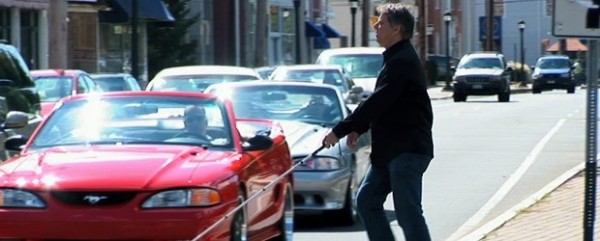
In 2014, ‘Formula E’, a new electric car alternative to ‘Formula One’, will host its inaugural ten race season. The project has been met with little enthusiasm. Motorsport fans are extremely cynical about the venture, feeling the lack of engine noise will detract hugely from the spectacle.
The silence of electric cars doesnít just pose problems in the racing world. While there are relatively few on the road today (less than 200 in Ireland), these vehicles are much more likely to be involved in pedestrian related accidents, precisely due to their quiet nature.
While many of us have grown accustomed to crossing roads in something of a daze, often with music blasting through our headphones, we still have the faculty of sight to alert us to oncoming traffic. Those who are visually impaired, however, rely heavily on the sound of an approaching engine for their safety.
Maura Masterson is the Chief Executive of St. Mary’s Home and School for the Blind, a facility based in Merrion, Dublin 4. She informs me that many of her residents are people who lost their sight late in life and so are unaccustomed to the new dangers posed by traffic. ‘We have lots of vehicles going through our grounds but thankfully there arenít too many silent cars in Ireland yet,’ she tells me. ‘It stands to reason that, if you’re visually impaired, these cars will be problematic’. Maura would like a system, similar to the ‘beeping’ sound at traffic lights, installed on electric cars to avoid mishaps.
On February 6th, the European Parliament ruled that all ‘silent’ cars must be fitted with a device known as A.V.A.S (Acoustic Vehicle Alerting System). It will become compulsory for all manufacturers of electric cars to fit their vehicles with this device, in a manner which prevents drivers from disabling it. The plan is for this legislation to be enforced from early next year. Hopefully a balance can be found between protecting both the environment and vulnerable pedestrians.
By Eric Hillis



